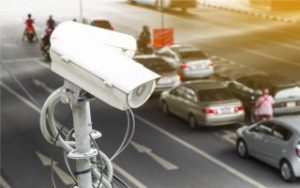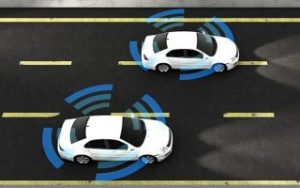LoRaWAN (Long Range Wide Area Network) is a media access control (MAC) protocol for long range, low power networks (LPWAN) based on the LoRa (Long Range) radio modulation technique. It is designed for large-scale public networks with a single operator, connecting Internet of Things devices and sensors for mass deployment.
LoRa is developed to provide IoT devices extended battery life in the range of several years. At the same time a LoRa network has extended range and is cost effective to deploy. It has been architected by security experts to ensure reliability and safety.
LoRaWAN uses a star topology as it increases battery lifetime when long-range connectivity is used.
The LoRaWAN standard is steered by the LoRa Alliance.
Local Area Networks have well established standards such as Wi-Fi and Bluetooth. But the biggest problem with many Local Area Network / Personal Area Networks is the battery consumption. Similarly, cellular networks are also well-established, but fundamentally mobile networks like LTE were developed for better data throughput and these network are not best when it comes to power consumption. Low Power Wide Area Networks like LoRaWAN on the other hand are built from the ground-up. A LoRa network is also more cost effective than LAN or Cellular to deploy in a wide area, for example to cover a whole city.
LoRaWAN is being deployed for nationwide networks by major telecom operators, and the LoRa Alliance is standardising LoRaWAN to make sure different nationwide networks are interoperable. Nationwide rollouts to date include the Netherlands and South Korea, while a city-wide experimental rollout is being implemented in London, UK.
Browse more protocols: Bluetooth | Thread | UPB | Wi-Fi | X10 | Z-Wave | ZigBee





